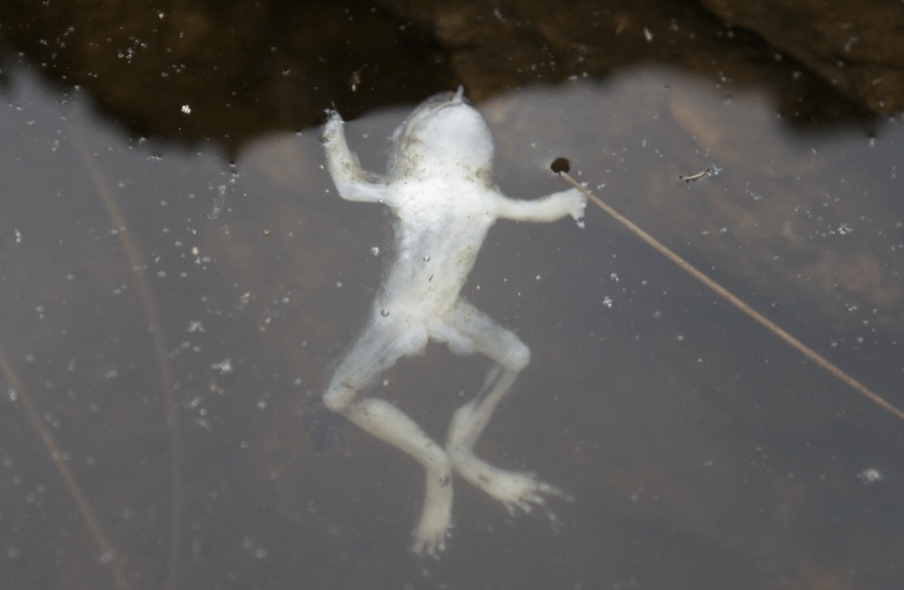CNN – Deadly spores lurk in the water and infect the skin of the creatures they touch. Spreading on contact and then invading the body, this fungal disease causes ulcers and peeling so severe skin comes off in sheets.
Joints in the leg begin to lock up, and, shortly after symptoms set in, the disorder can lead to cardiac arrest and death.
Chytridiomycosis, the most deadly disease afflicting vertebrates in recorded history, has wreaked havoc on amphibians for decades, including frogs, toads and salamanders.
The illness isn’t known to infect humans, but scientists warn these outbreaks are crucial to understanding how fungal pathogens spread and learning how to wrap our heads around a mass extinction event plaguing our amphibious friends.
The ailment has already decimated amphibian populations in thhttps://www.cnn.com/2023/03/24/world/fungus-pandemic-frogs-amphibians-scn/?dicbo=v2-IKdi3Cq&hpt=ob_blogfooterolde Americas, Australia and parts of Europe, and the latest research has shown it may now be making its way across Africa.
The disease may be killing off animals in hordes without scientists realizing, warned Dr. Vance Vredenburg, a professor of biology at San Francisco State University and a research associate at the Museum of Vertebrate Zoology at the University of California, Berkeley.
“There could be hundreds of species (in Africa) that could be imperiled by this pathogen,” said Vredenburg, coauthor of a new study published March 15 in Frontiers in Conservation Science that reveals the pervasiveness of chytridiomycosis in Africa for the first time.
For amphibians, the disease is making the Black Death that devastated Europe in the Middle Ages “look like a drop in the bucket,” Vredenburg said.
Why it matters
Chytridiomycosis is caused by a pathogen called Batrachochytrium dendrobatidis, or Bd for short. The disease has been a major contributor to the threat of extinction facing amphibian species worldwide.
About 41% of amphibians are currently in danger, according to the International Union for Conservation of Nature’s Red List of Threatened Species … READ MORE.
RECENTLY ON HEADLINE HEALTH:
Dad Murdered Outside Starbucks For Most Ridiculous Reason Ever
Aaron Hernandez’ Brother Arrested In Brick-Tossing Incident
Justine Bateman Blows Off Fans Who Mock Her Rapidly Aging Face



